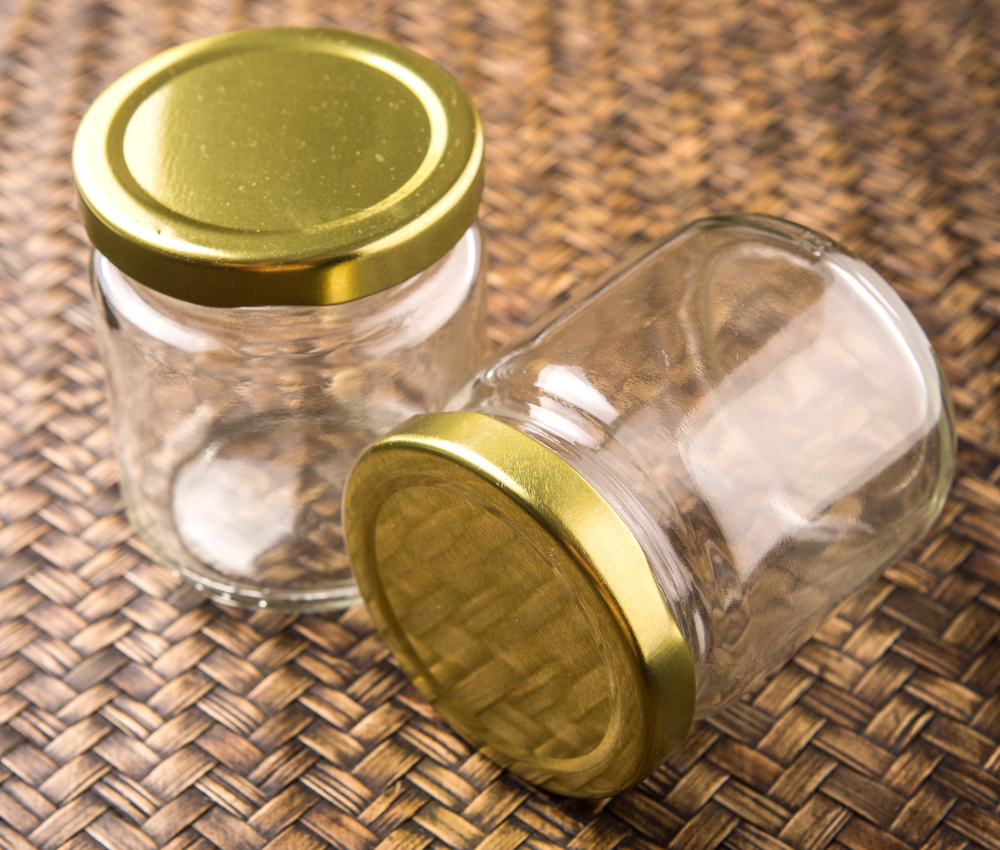Can you microwave Pyrex lids? This is a common question among those who use Pyrex glassware for cooking and food storage.
Pyrex is known for its durability and versatility, but it’s important to understand how to properly use and care for it to avoid potential risks.
As someone who has used Pyrex in the microwave many times, I have researched and learned about the do’s and don’ts of using Pyrex lids in the microwave.
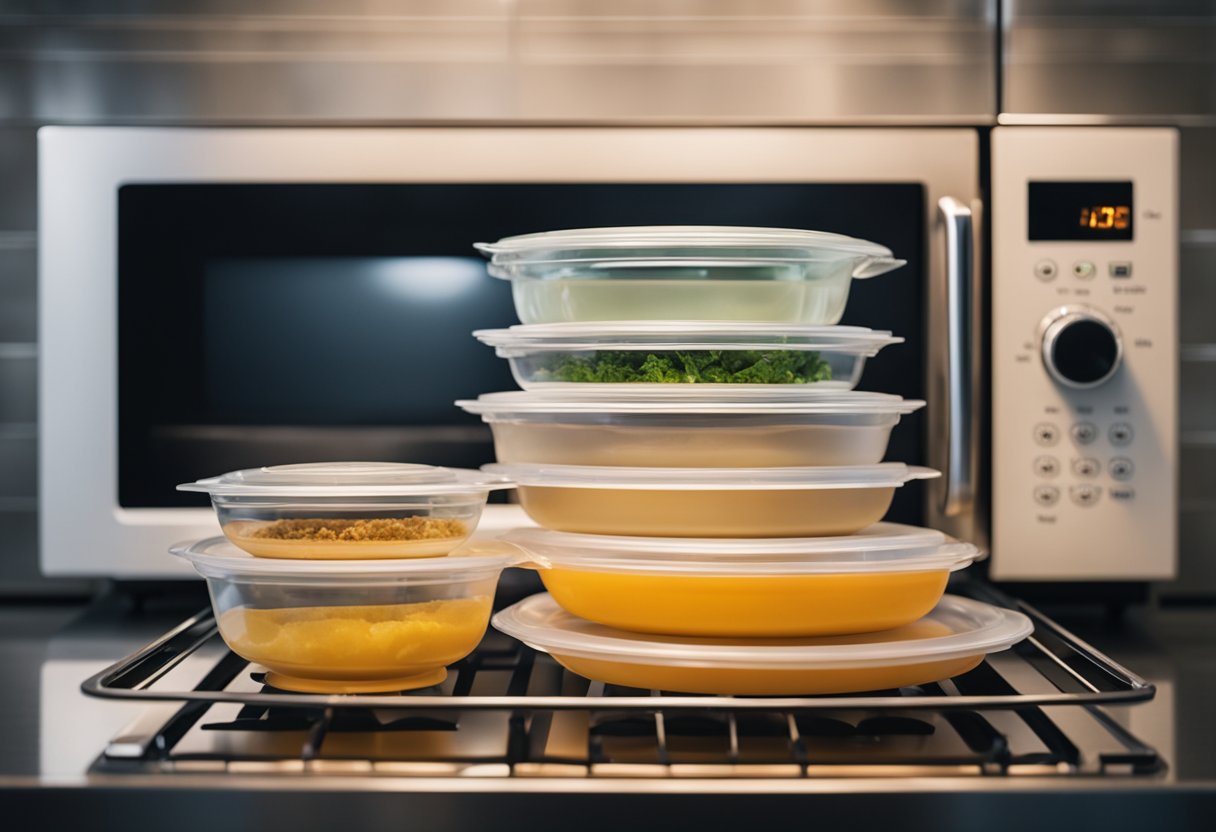
Understanding Pyrex is key to answering this question. Pyrex is made of tempered glass, which is designed to withstand high temperatures and sudden changes in temperature. This makes it a popular choice for cooking and baking. However, not all Pyrex is microwave safe.
It’s important to check the label or packaging to ensure that the Pyrex you’re using is safe for the microwave. Additionally, Pyrex lids are made of a different material than the glass containers, and this can impact their microwave compatibility.
Microwave compatibility of Pyrex lids depends on their material. Some Pyrex lids are made of plastic or silicone, which are microwave safe materials. However, not all Pyrex lids are microwave safe.
Some are made of tempered glass, which is not recommended for use in the microwave. It’s important to check the label or packaging of the Pyrex lids to determine their material and microwave compatibility.
Understanding Pyrex
Pyrex is a brand of glassware that is known for its durability and versatility. Pyrex is made from borosilicate glass, which is a type of glass that is resistant to thermal shock.
This means that Pyrex can withstand sudden changes in temperature without cracking or breaking.
Borosilicate glass is made by adding boron to silica during the manufacturing process. This makes the glass more resistant to thermal shock and chemical corrosion.
Pyrex is not the only brand that uses borosilicate glass, but it is one of the most well-known.
Pyrex glassware is available in a variety of shapes and sizes, including dishes and containers that are designed for use in the oven, microwave, and freezer. Pyrex dishes are often used for baking and cooking, but they can also be used for storing food.
Pyrex dishes are made from tempered soda-lime glass, which is a type of glass that is strengthened through a special heat treatment process. This makes the glass more durable and resistant to breakage.
It is important to note that not all Pyrex dishes are microwave safe. Some Pyrex dishes come with lids that are not microwave safe, while others are designed specifically for use in the microwave.
Always check the manufacturer’s guidelines to ensure that a Pyrex dish is safe for use in the microwave.
In conclusion, Pyrex is a type of glassware that is known for its durability and versatility. Pyrex dishes are made from borosilicate glass or tempered soda-lime glass and are available in a variety of shapes and sizes.
Pyrex dishes are often used for baking and cooking, but they can also be used for storing food. Always check the manufacturer’s guidelines to ensure that a Pyrex dish is safe for use in the microwave.
Microwave Compatibility
As someone who has used Pyrex in the microwave many times, I can confidently say that Pyrex lids are microwave safe. However, it is important to note that Pyrex lids are not oven-safe unless specifically stated on the packaging.
Always consult the manufacturer for safe usage guidelines and avoid using lids that are scratched or warped.
When microwaving Pyrex, it is important to follow a few do’s and don’ts to avoid accidents and ensure the longevity of your cookware. Here are some tips:
- Do use a microwave-safe Pyrex container with a microwave-safe Pyrex lid.
- Don’t use a Pyrex container or lid that is chipped, cracked, or warped.
- Do use a microwave-safe cover or vented lid to prevent splatters.
- Don’t use metal lids or covers in the microwave.
- Do use oven mitts or a towel to handle hot Pyrex containers and lids.
- Don’t place hot Pyrex containers or lids on cold surfaces, such as a granite countertop. This can cause thermal shock and lead to breakage.
It is also important to note that Pyrex lids are made with plastics, which may raise concerns about their safety when used for reheating and cooking. However, Pyrex lids are made BPA and dioxin-free and can withstand high heating temperatures.
In summary, Pyrex lids are microwave safe as long as they are not chipped, cracked, or warped. Always follow the manufacturer’s guidelines and use a microwave-safe cover or vented lid to prevent splatters.
By following these tips, you can safely and effectively use Pyrex in the microwave.
Pyrex Lids and Their Material
As someone who frequently uses Pyrex containers, I understand the importance of knowing whether or not the lids are microwave safe. Pyrex lids are made of plastic, which can raise concerns about safety when used for reheating and cooking.
However, Pyrex lids are made from BPA-free plastic, which means they do not contain bisphenol A, a harmful chemical that can leach into food.
In addition to plastic lids, Pyrex also offers silicone lids as an alternative option. Silicone is a type of rubber-like material that is flexible, heat-resistant, and non-toxic.
Silicone lids are safe to use in the microwave and oven, making them a versatile choice for reheating and cooking food.
It is important to note that not all plastic or silicone lids are safe for use in the microwave. Always check the packaging or manufacturer’s instructions before using a lid in the microwave.
Additionally, avoid using lids that are scratched or warped, as they may not provide a secure seal and can release harmful chemicals into your food.
In conclusion, Pyrex lids are safe to use in the microwave as long as they are made from BPA-free plastic or silicone and are not scratched or warped. Always check the packaging or manufacturer’s instructions before using a lid in the microwave to ensure safety.
Temperatures and Pyrex
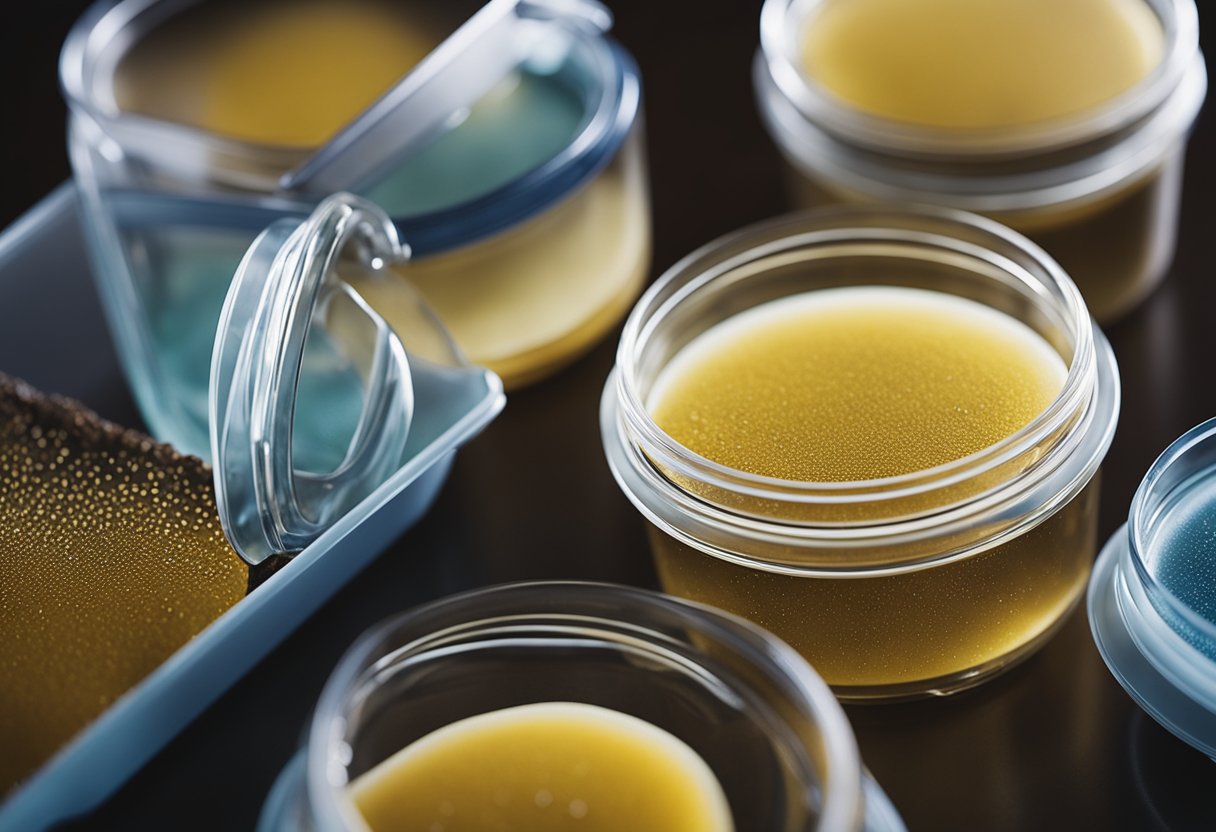
Pyrex is a type of glassware that is known for its heat-resistant properties. It can withstand high temperatures up to 428 °F or 220 °C, making it an ideal material for use in the microwave.
However, it is important to note that sudden temperature changes can cause thermal shock, which can lead to the glass shattering or cracking.
When using Pyrex in the microwave, it is important to avoid sudden temperature changes. For example, do not place a Pyrex dish directly from the freezer into the microwave or place a hot Pyrex dish onto a cold surface.
Instead, allow the Pyrex dish to come to room temperature before placing it in the microwave.
It is also important to note that Pyrex lids should not be placed on broilers or stovetops as they are not designed to withstand high heat. While Pyrex lids are microwave-safe, it is important to consult the manufacturer’s guidelines before using them.
In summary, Pyrex is a heat-resistant glassware that can withstand high temperatures up to 428 °F or 220 °C. However, sudden temperature changes can cause thermal shock, which can lead to the glass shattering or cracking.
When using Pyrex in the microwave, it is important to avoid sudden temperature changes and consult the manufacturer’s guidelines before using the lids.
Cooking with Pyrex
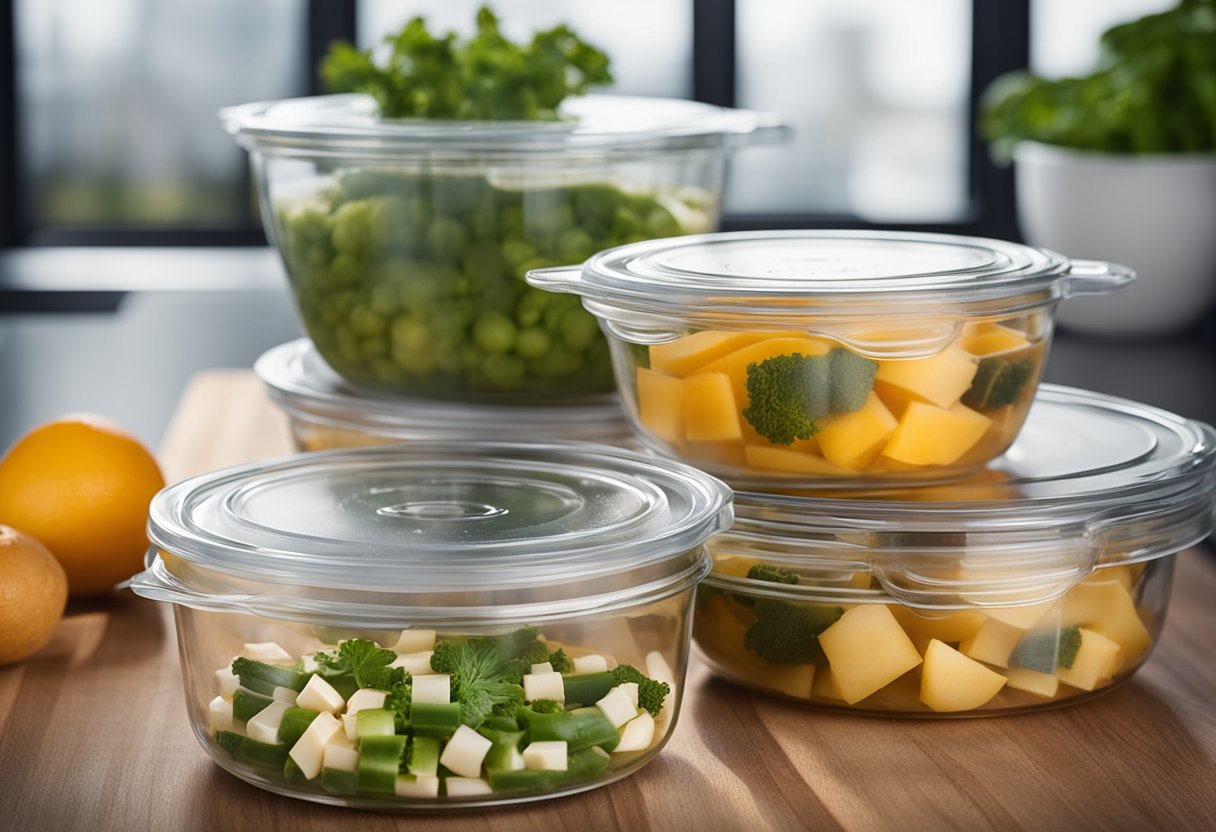
As someone who has used Pyrex in the microwave many times, I can confidently say that Pyrex is a safe and convenient way to cook and reheat food.
Pyrex dishes are made from tough tempered glass that can withstand microwave temperatures, and glass, plastic, or silicone lids are heatproof.
When cooking with Pyrex, it is important to follow the manufacturer’s instructions and avoid exposing the dish to sudden temperature changes. For example, do not place a hot Pyrex dish directly into cold water, as this can cause the dish to shatter.
Pyrex dishes are also great for baking and preheating in the oven. However, it is important to note that not all Pyrex dishes are suitable for use in the oven, so make sure to check the manufacturer’s instructions before using your Pyrex dish in the oven.
When defrosting food in Pyrex, make sure to remove any metal components, such as aluminum foil, before placing the dish in the microwave. Additionally, it is important to stir the food regularly to ensure even defrosting.
Overall, Pyrex is a versatile and reliable cookware option for cooking, reheating, and defrosting food. Just make sure to follow the manufacturer’s instructions and avoid exposing the dish to sudden temperature changes.
Pyrex and Food Storage
I often use Pyrex containers to store my food. They are great for keeping leftovers fresh and for storing food in the freezer. When it comes to microwaving Pyrex containers with lids, there are a few things to keep in mind.
Firstly, Pyrex lids are microwave-safe, but it’s important to use them under proper instructions. The lids are made heat-resistant and can withstand microwave heating temperature.
However, it’s important to avoid sudden temperature changes, so it’s best to let the container come to room temperature before microwaving.
When storing liquid or frozen foods in Pyrex containers, make sure to leave some room at the top to allow for expansion. This will prevent the container from cracking or breaking when you freeze or microwave it.
It’s also important to note that Pyrex containers are not the same as Tupperware. While Tupperware containers are great for storing dry food, they are not designed to withstand high temperatures and can melt in the microwave.
Pyrex containers, on the other hand, are made from tempered glass and are designed to withstand high temperatures.
When mixing food in a Pyrex container, make sure to use a spoon or spatula that won’t scratch the surface of the container. Scratches can weaken the glass and make it more prone to breakage.
Overall, Pyrex containers are a great choice for food storage and can be safely used in the microwave. Just make sure to follow the proper instructions and take care when handling them.
Potential Risks and Precautions
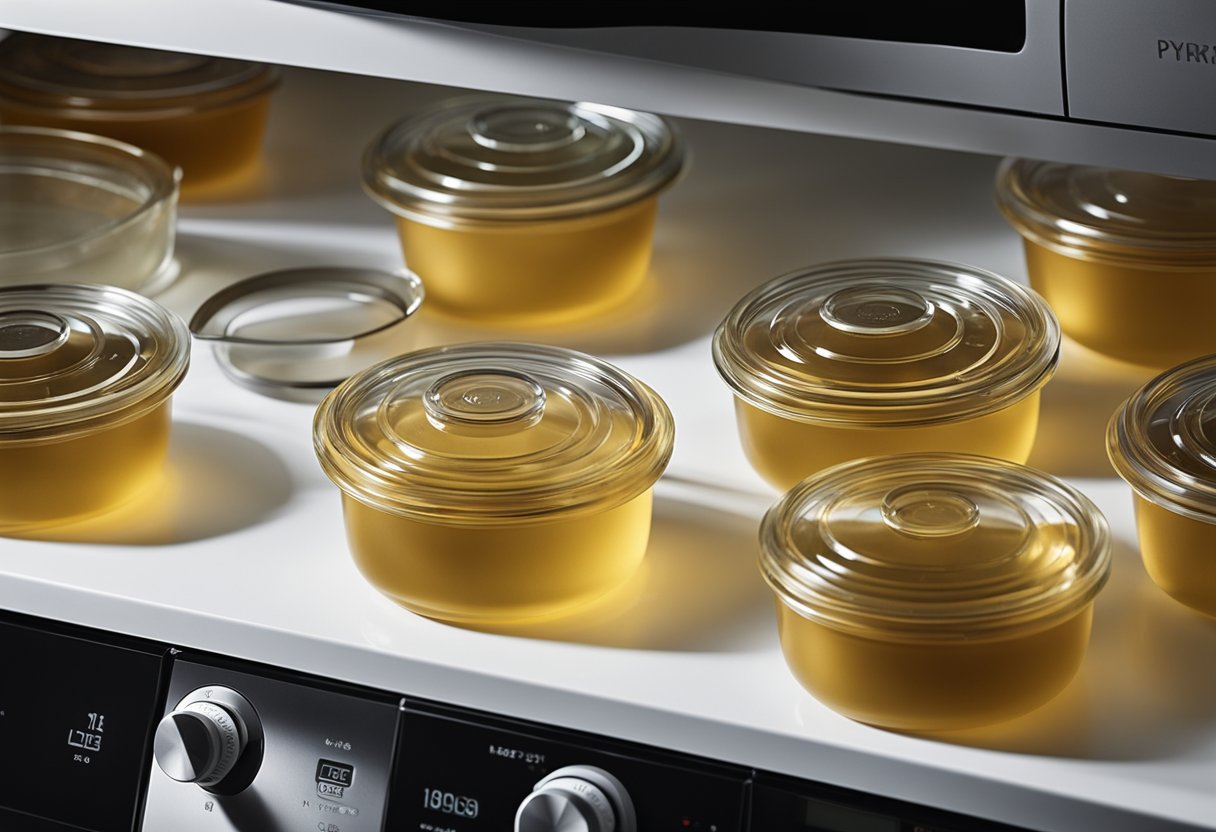
When it comes to using Pyrex lids in the microwave, there are a few potential risks to keep in mind. While Pyrex is generally safe to use in the microwave, there are a few things to be aware of to ensure that you are using it safely.
One of the biggest risks associated with using Pyrex lids in the microwave is the risk of cracking or shattering. This can happen if the lid is damaged or if it is exposed to sudden temperature changes.
To avoid this, it is important to inspect your Pyrex lids carefully before using them in the microwave. If you notice any cracks, chips, or scratches, it is best to avoid using the lid altogether.
Another potential risk associated with using Pyrex lids in the microwave is the risk of warping. This can happen if the lid is exposed to high temperatures for too long.
To avoid this, it is important to follow the manufacturer’s instructions carefully and to avoid using the lid for longer than recommended.
To ensure that you are using Pyrex lids safely in the microwave, there are a few precautions that you can take. These include:
- Avoiding sudden temperature changes: Pyrex should not be subjected to sudden temperature changes, such as placing a cold lid in a hot microwave. This can cause the glass to shatter, which can be dangerous.
- Checking for damage: Before using a Pyrex lid in the microwave, it is important to inspect it carefully for any cracks, chips, or scratches. If you notice any damage, it is best to avoid using the lid altogether.
- Following the manufacturer’s instructions: To ensure that you are using Pyrex lids safely in the microwave, it is important to follow the manufacturer’s instructions carefully. This includes avoiding using the lid for longer than recommended and avoiding exposing it to high temperatures for extended periods of time.
By following these precautions, you can ensure that you are using Pyrex lids safely in the microwave and avoid any potential risks associated with their use.
Cleaning and Maintenance
When it comes to cleaning and maintaining your Pyrex lids, there are a few things to keep in mind.
First, it is important to avoid using abrasive sponges or harsh detergents when washing your lids. Instead, use a soft sponge and mild detergent to gently clean them.
If you prefer to use a dishwasher to clean your Pyrex lids, make sure to place them on the top rack to prevent damage from the heat.
However, keep in mind that frequent dishwasher use can cause the lids to become cloudy over time. To prevent this, consider hand washing them occasionally.
In addition to regular cleaning, it is important to inspect your Pyrex lids for any signs of damage or wear. If you notice any cracks, chips, or warping, it is best to replace the lid to prevent any potential safety hazards.
Overall, with proper cleaning and maintenance, your Pyrex lids can last for many years and provide a safe and convenient way to store and reheat your food.
Additional Usage Instructions
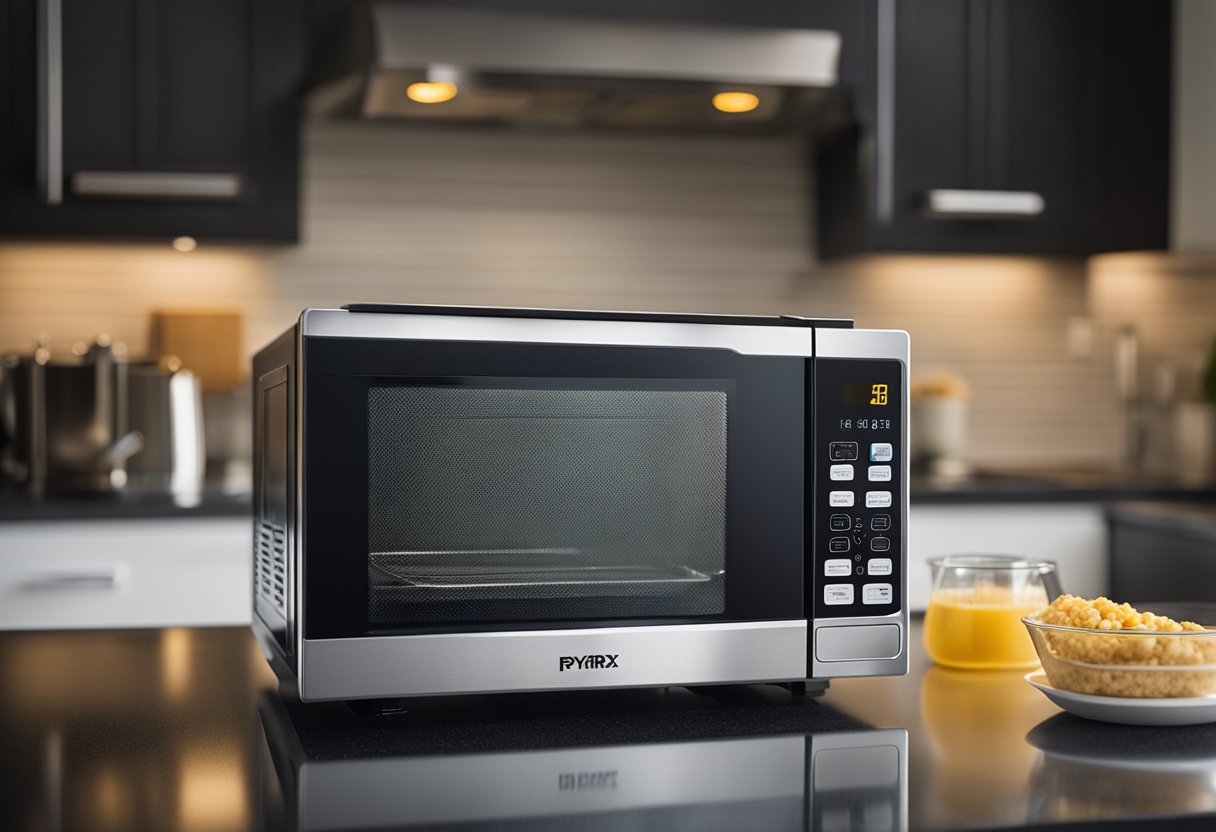
When using Pyrex in the microwave, it is important to follow some additional usage instructions to ensure safety and avoid damage to your Pyrex and microwave.
First, always make sure that the Pyrex is microwave-safe. Pyrex made from Borosilicate glass is safe for use in the microwave, but not all Pyrex products are microwave-safe. Check the manufacturer’s instructions or packaging to confirm microwave safety.
When microwaving Pyrex, never use it on a stovetop, electric burner, or broiler. Pyrex is not designed for use on these surfaces and may crack or shatter.
Additionally, do not use Pyrex in convection ovens or toaster ovens unless the manufacturer specifically states that it is safe for use.
Always use caution when handling hot glass. Allow the Pyrex to cool before handling it and use oven mitts or a towel to protect your hands. Avoid placing hot glass on a cold surface, as this can cause thermal shock and lead to cracking or shattering.
When microwaving liquids in Pyrex, use a lower power setting to minimize the risk of boiling over and causing burns. Additionally, be cautious when removing the Pyrex from the microwave, as steam can cause burns.
Pyrex is FDA-approved and non-toxic, but it is still important to follow proper usage instructions to ensure safety and avoid damage. By following these guidelines, you can safely and effectively use Pyrex in the microwave.
Frequently Asked Questions
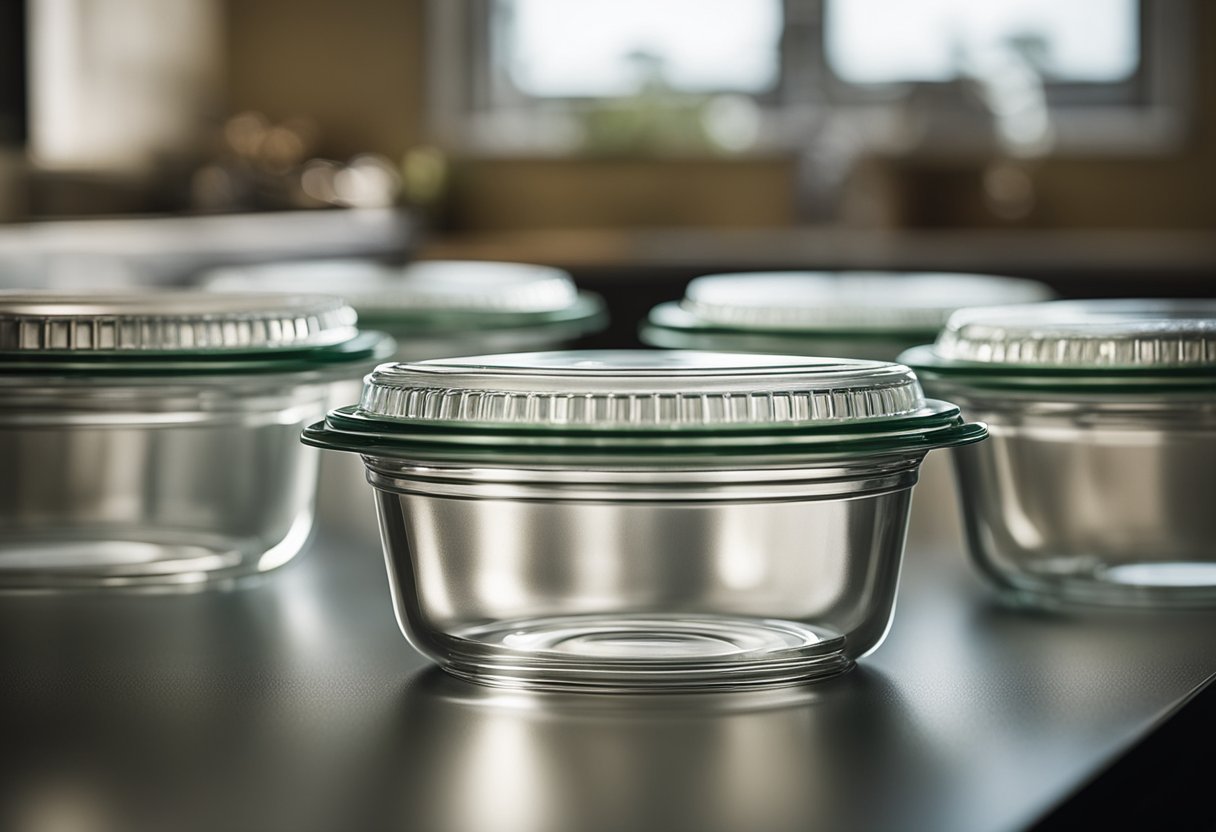
Are Pyrex lids microwave safe?
Yes, Pyrex lids are microwave safe. However, it is important to note that Pyrex lids are not oven-safe unless specifically stated on the packaging.
Always consult the manufacturer for safe usage guidelines and avoid using lids that are scratched or warped.
Can Pyrex lids be used in the microwave?
Yes, Pyrex lids can be used in the microwave. However, it is important to avoid sudden temperature changes. Allow the Pyrex to come to room temperature before microwaving, and avoid microwaving Pyrex with a cracked or chipped glass lid.
How do I know if a Pyrex lid is microwave safe?
Pyrex lids are typically marked as microwave safe on the packaging. If you are unsure, consult the manufacturer for safe usage guidelines.
Can I microwave Pyrex glass bowls with snap-on lids?
Yes, you can microwave Pyrex glass bowls with snap-on lids. However, it is important to avoid sudden temperature changes. Allow the Pyrex to come to room temperature before microwaving, and avoid microwaving Pyrex with a cracked or chipped glass lid.
Is it safe to microwave Pyrex measuring cups with lids?
Yes, it is safe to microwave Pyrex measuring cups with lids. However, it is important to avoid sudden temperature changes.
Allow the Pyrex to come to room temperature before microwaving, and avoid microwaving Pyrex with a cracked or chipped glass lid.
What should I do if my Pyrex lid melted in the microwave?
If your Pyrex lid melted in the microwave, discard it immediately. Do not attempt to use it again, as it may release harmful chemicals into your food.




